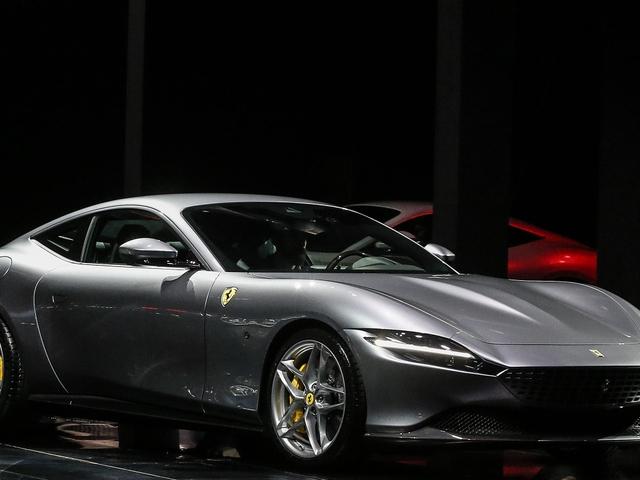MILAN, May 5 (Class Editori) — Driven by the market of the Chinese mainland, Ferrari's sales in the first quarter of this year jumped by 47%, surpassed only by the rest of the Asia Pacific region, primarily including the Japanese and South Korean markets, which recorded +55%. Asia as a whole provided an exceptional boost to the Prancing Horse brand, which sold 3,251 units, an increase of 480 units or 17.3% year-on-year.
"In the first quarter, we were able to deliver everything we had planned in China. I am amazed that there is a lot of attention about the port blockage in China but not in the US, which is absolutely important but no one is dealing with," Benedetto Vigna, Ferrari's CEO, stated answering a question about potential problems regarding deliveries in China.
The quarter's product range included eight internal combustion engine (ICE) models and two hybrid-powered models, which accounted for 83% and 17% of total deliveries, respectively. Deliveries for the quarter were driven by the Ferrari Roma and the SF90 family, along with the Portofino M.
During the quarter, the 812 Competizione started to be delivered. The deliveries of the Ferrari Monza SP1 and SP2 were fewer compared to the previous year and reached the end of limited series production. The deliveries of the 296 GTB will start in the second quarter, following schedule.
Quarterly deliveries reflected geographic allocation choices in response to port blockages experienced early in the year. As a result, EMEA recorded a 19.5% increase, the Americas decreased by 12.8%, and sales in Hong Kong and Taiwan were in line with those in Greater China.
The performance in the luxury segment does not, however, erase the severe crisis in the car market in China and in the premium segments as well. Today, Volvo — controlled by the Chinese Zhejiang Geely — announced a 24.8% drop in sales due to semiconductor shortages and the effects of lockdowns in China on production and deliveries.
In April, Volvo sold 47,150 cars, down from the 62,724 units sold in the same month last year, a drop exceeding 30%. China performed worse, with sales dropping by 47.8% to 8,579 units, while there was a drop by 23.2% to 19,822 cars in Europe and by 9.2% to 10,022 cars in the US.
The Recharge range of all-electric or plug-in hybrid models accounted for 38.4% of Volvo global car sales in April, while all-electric models accounted for 10% of global sales. Volvo aims to become an all-electric automaker by 2030.
(Source:Class Editori)
Notice: No person, organization and/or company shall disseminate or broadcast the above article on Xinhua Silk Road website without prior permission by Xinhua Silk Road.




 A single purchase
A single purchase









